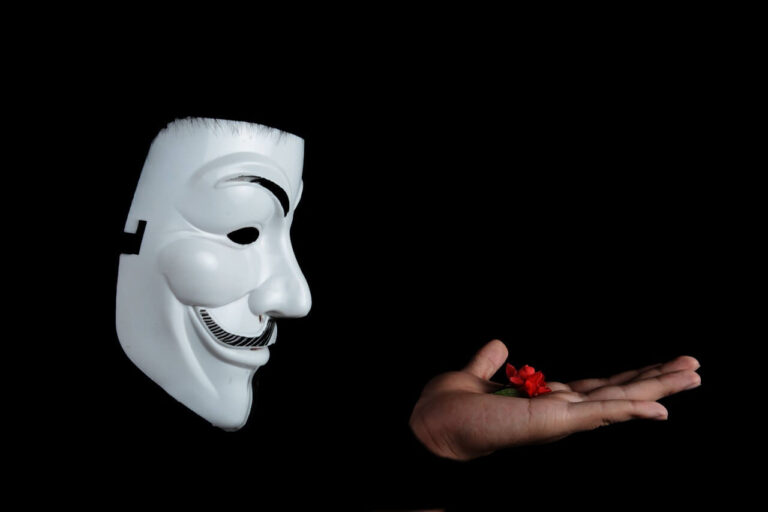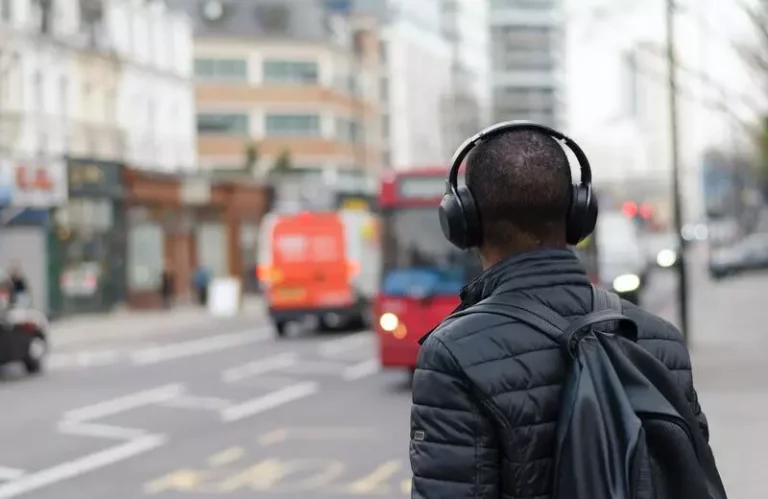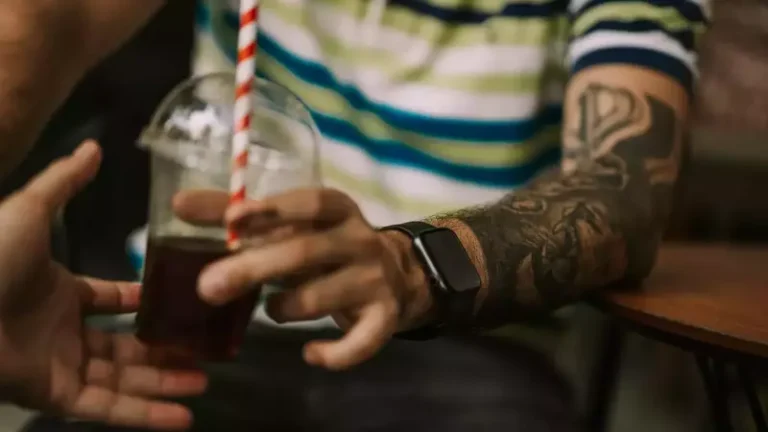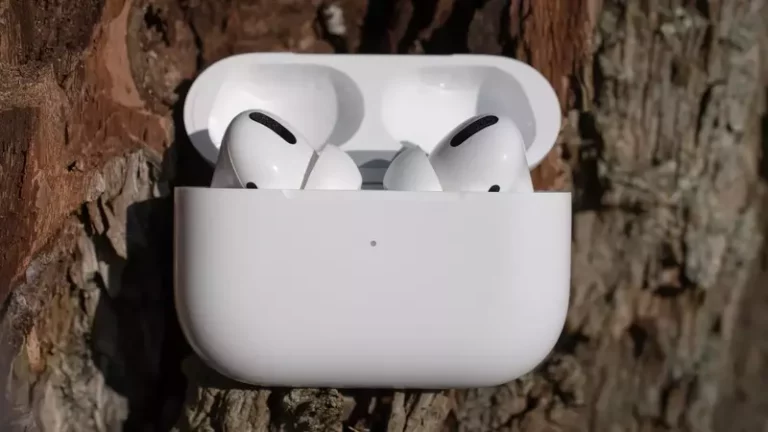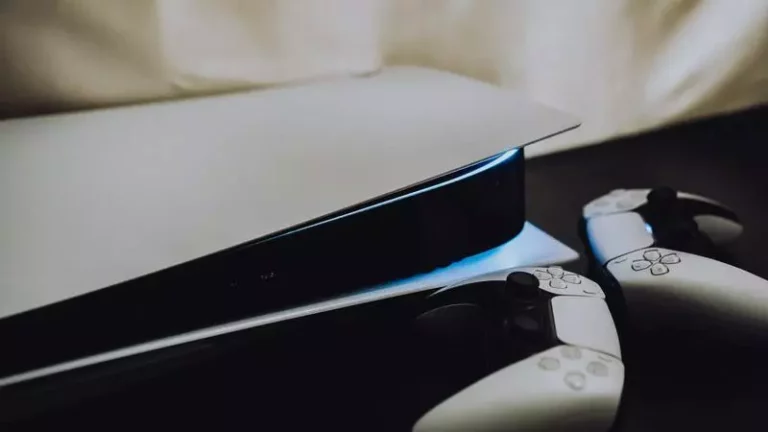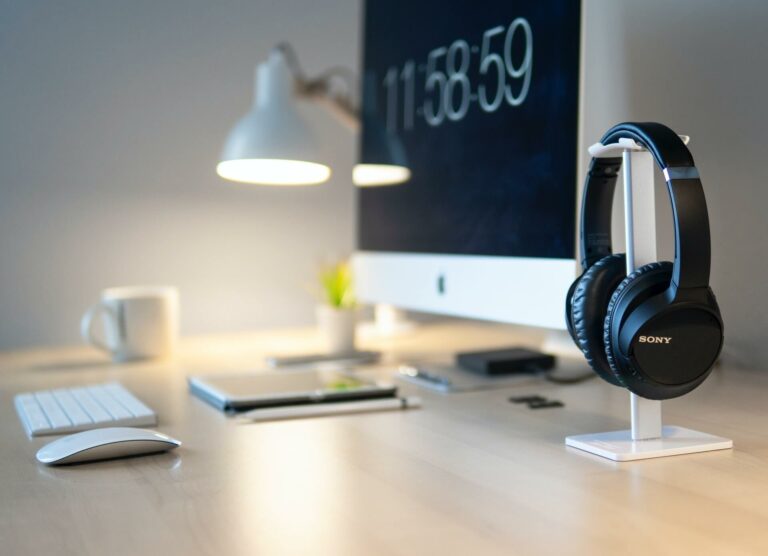Can Bluetooth Be Used To Measure Distance? (Explained!)
This site contains affiliate links to products, and we may receive a commission for purchases made through these links.
The advancement of Bluetooth technology has led people to explore the possibility of measuring short distances using it. GPS tracking isn’t excellent at giving accurate measurements of close distance. On the other hand, Bluetooth is excellent in short ranges, and it might fill the gap that GPS tracking has when tracking devices in closed spaces.
The answer to whether Bluetooth can be helpful to measure distance is Yes and No. Yes, Bluetooth can be beneficial to estimate short distances between two Bluetooth devices. No, Bluetooth can’t be helpful to give an exact distance between Bluetooth devices.
I intend to tell you how Bluetooth can measure distance, how accurate it is, and whether the feature has a real-life application.
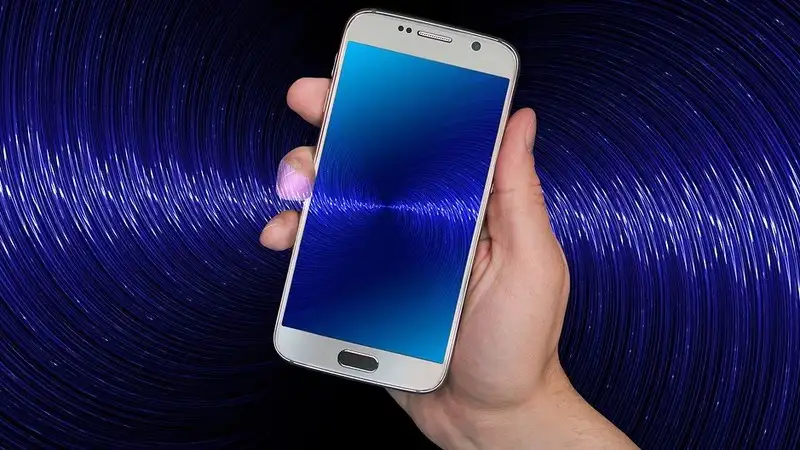
Can Bluetooth Be Used To Measure Distance?
Yes and No. Bluetooth has become an essential technology in many consumer electronics because it works well over short distances. It can be helpful to measure short distances indoors because the waves can go through walls.
However, most calculations of the distance between two Bluetooth devices are estimates. It’s hard to determine the exact distance between two Bluetooth devices because many factors affect the calculations. Despite the challenges, there are methods to determine the distance between two Bluetooth devices with an accuracy of at least 80%
Can Bluetooth Be Used to Measure Distances Accurately?
No. As mentioned earlier, Bluetooth can only give distance estimates of a device within the signal range. Although Bluetooth can’t provide an exact location, it can narrow down the distance when tracking someone or a device.
READ MORE! Bluetooth 5.0 to 5.2: All You Need to Know (Upgrades Explained)
Ways Bluetooth Can Be Used to Measure Distance
I will discuss ways to estimate the distance between two Bluetooth devices. It is essential to note that the methods won’t give you the exact distance between two devices, but the estimates will be reliable.
Most upcoming apps for measuring distance using Bluetooth use the methods I’m about to discuss because they are simple to implement. Overall, you will get 80-90% accuracy in the best-case scenario. Sometimes, the distance will be off by about 3m depending on the obstacles interfering with the Bluetooth signals.
Ranging
The ranging method is simple to implement, and it has the formula to calculate the distance between two Bluetooth devices. As the name suggests, both devices need to be within Bluetooth range to estimate the distance. There are two methods for using ranging to calculate distance using Bluetooth.
Here’s the formula to compute the distance.
D=20^(RSSI+a)
D- Distance
RSSI- Received Signal Strength Indicator (How to measure RSSI)
a – Factor to Offset Maximum Received Signal
The first method involves using the Bluetooth signal strength of the receiving devices. Therefore, you will measure the strength of the signal received by device B from device A. The signal may be interfered with by obstacles like walls, furniture, or appliances.
The second method determines the time it takes the signal to reach device B from device A, which is known as a time of flight. It would be best if you had an accurate stopwatch to accurately measure the flight time of the signal for the method to work.
Overall, ranging can give you an estimate of the distance between two Bluetooth devices within the same range.
Signal Strength Fingerprinting
Signal strength fingerprinting determines the distance between Bluetooth devices using pre-determined database locations. It can provide the estimated distance with an accuracy of 3m. It is a simple method because you only need the database and the Bluetooth signal strength.
The method will require you to select the best location for a Bluetooth device from several areas of the database. It isn’t an accurate measure, but it can narrow down the location on your tracking Bluetooth device.
Triangulation
Bluetooth triangulation works similarly to phone triangulation. It uses three Bluetooth devices to determine the distance, and it’s more accurate than the two methods discussed earlier. Two of the Bluetooth devices are known, and they form a triangle with the third unknown device to determine the distance.
The distance calculated will be from one of the two known Bluetooth devices. For example, Let’s say C is the unknown device, and A and B are the know devices. The distance estimation will be from device A to C or device B to C.
All devices will need to be Bluetooth enabled and within the transmission range of each other. You can’t triangulate the distance of a Bluetooth device out of range. Also, you need two know the coordinates of two devices to determine the angle of the third Bluetooth device.
How Do I Measure Bluetooth Signal Strength (RSSI)?
If you know what you’re looking for, checking your Bluetooth signal strength is simple. The Received Signal Strength Indicator measures the strength of Bluetooth signals (RSSI). You may read the RSSI of a device by going to the Bluetooth device settings and then reading it. The RSSI should be between -40 and -55 for optimal results.
The Received Signal Strength Indicator (RSSI) can be difficult to interpret, but it’s important to remember that a less negative number indicates a stronger connection, while a high negative number indicates a weaker connection.
Signal strength will vary based on various conditions such as physical objects in the way, low battery, interference, etc. So you will find that a connection of -45 is better than a connection of -100.
Here are some examples of different readings that will help you read your connection:
- A strong connection is defined as -40 to -55.
- A usable connection is defined as -70 and higher.
- If your connection score is -100 or lower, you’re dealing with a bad connection.
- A connection with a value of -110 or below is basically useless.
Factors Affecting Measuring Distance with Bluetooth
It would be best to consider a few factors when using Bluetooth to measure the distance between two devices. The elements can significantly impact the distance estimation accuracy using Bluetooth signals.
Bluetooth Signal Strength
Most methods using Bluetooth to measure distance rely on RSSI for distance estimation. However, the strength of a Bluetooth signal can be affected by environmental conditions. For example, a building with thick walls can weaken a signal, resulting in longer distance estimation.
Obstacles
Obstacles like walls, furniture, machinery, and appliances can interfere with a Bluetooth signal compared to a clear line of sight. Bluetooth can measure distance more accurately when there are fewer obstacles between two devices. Therefore, keep in mind that barriers can affect the distance estimation between two Bluetooth devices.
READ MORE! Do Microwaves Affect Bluetooth Signals?
Bluetooth Range
The version of Bluetooth you are using will affect the distance you can measure using Bluetooth devices. Bluetooth 5 has the most extended range of 800 feet/240 meters, while Bluetooth 4.0 has a range of 130 feet/40 meters. Therefore, you need to use Bluetooth 5 to measure long distances.
Note that pairing a device will Bluetooth 5 and Bluetooth 4.0 will affect the signal ranges, which will affect the distance you can measure using Bluetooth.
Final Thoughts
Bluetooth can be helpful to estimate the distance between two devices, but it can’t pinpoint the actual location of the second device. It can be an excellent way to narrow down a search area close distances when tracking something.
I recommend you test each of the methods above to see which one provides accurate results depending on your location. The triangulation method is excellent for areas with many obstacles as it offers an angles distance toward the unknown Bluetooth device. I hope you found the information in this article helpful.

Espen
Espen is the Director of ProPairing and has written extensively about Bluetooth devices for years. He is a consumer product expert and has personally tested Bluetooth devices for the last decade.

